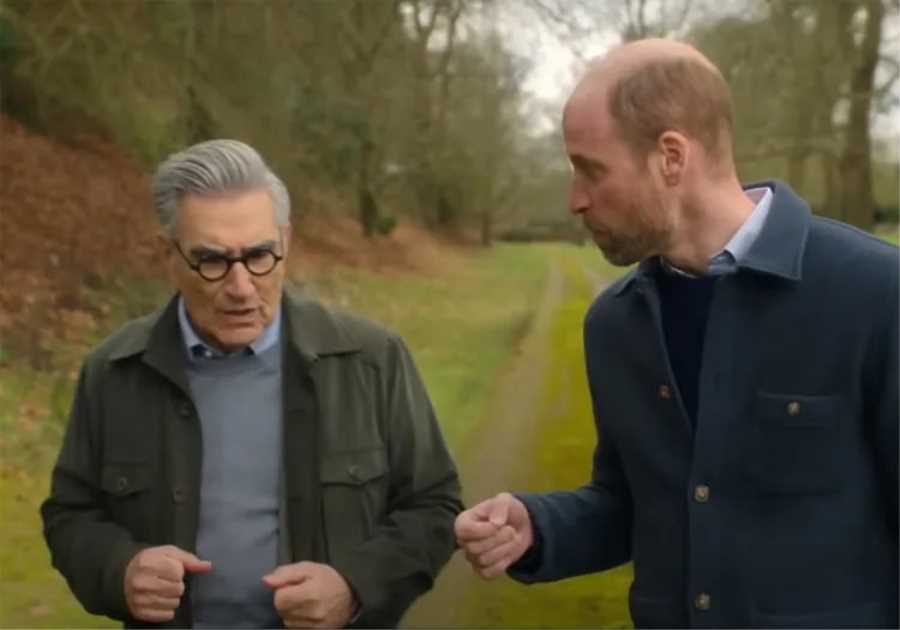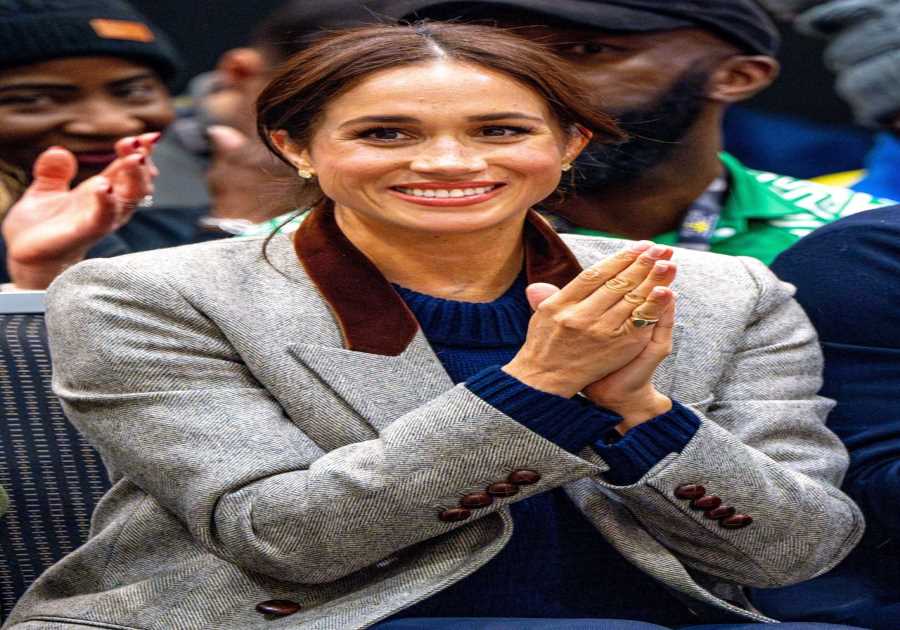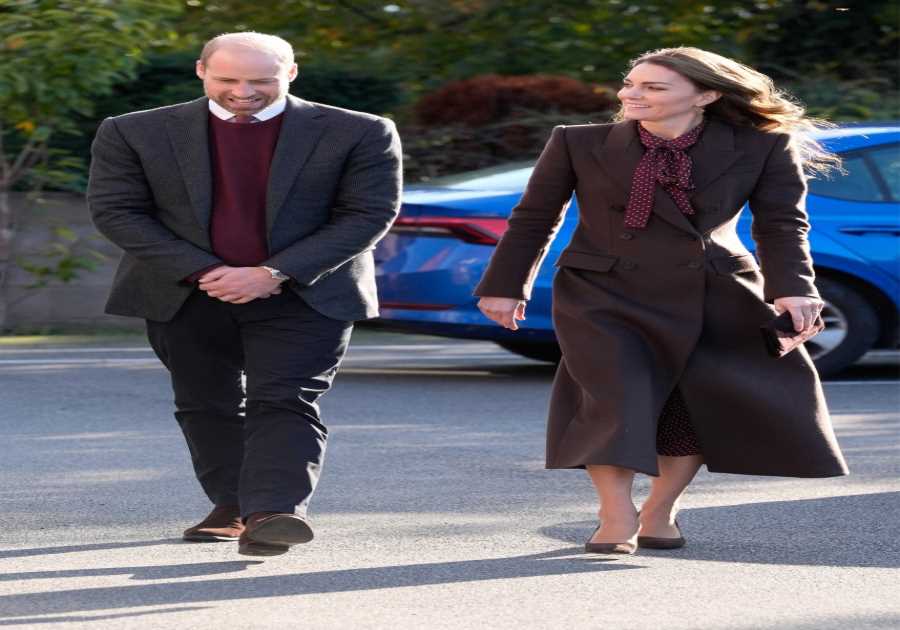FOR years Britain’s spies have distanced themselves from the image of James Bond – sipping cocktails one minute, leaping out of planes the next, garrotting the Queen’s enemies in gin-soaked brothels.
They insist their lives are nothing like the fictional 007’s — and they don’t have a licence to kill.
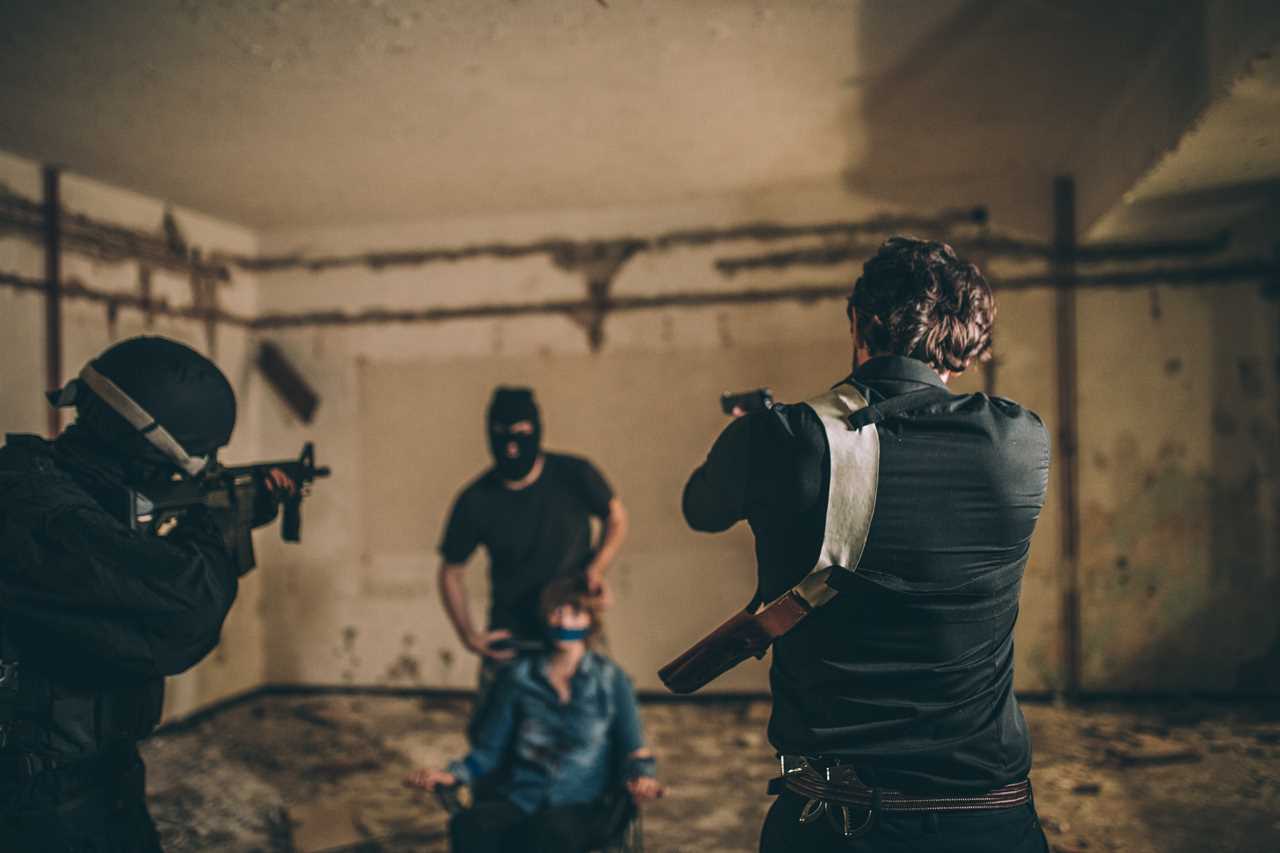
That is because the real James Bonds don’t work in MI6, the secret intelligence service.
They are part of the SAS.
The existence of a secret unit, E Squadron, was inadvertently confirmed this week when bungling Army top brass leaked the personal details of more than 70 Special Forces troops.
Buried deep in a spreadsheet of 1,200 soldiers’ names, trades and military units was a single reference to “22 SAS E SQN”. It was the first written proof that the unit exists.
E Squadron is the fifth and newest limb of 22 SAS, the world’s most famous Special Forces regiment, whose motto is Who Dares Wins.
But its work is so secret that its troops are kept apart from the other four Sabre Squadrons, A, B, D and G, at their headquarters in Hereford.
HAND-PICKED
E Squadron’s main task is to work with MI6 — the Secret Intelligence Service — on top missions all over the globe.
They operate in small isolated teams and have access to the full array of James Bond gadgets designed by the spies’ Q section.
The unit was originally called the Revolutionary Warfare Wing, or RWW, but to MI6 spies it was known as the Increment.
SAS legend Andy McNab spent three years with the unit from 1991 to 1993, after his Bravo Two Zero patrol.
He said it was “the closest to what James Bond does” in any British secret service. But almost 30 years after he left, he said his work was still too secret to reveal.
Andy told The Celeb Report: “The standing joke was you had to be able to fit in at an embassy do or a whorehouse in Istanbul.”
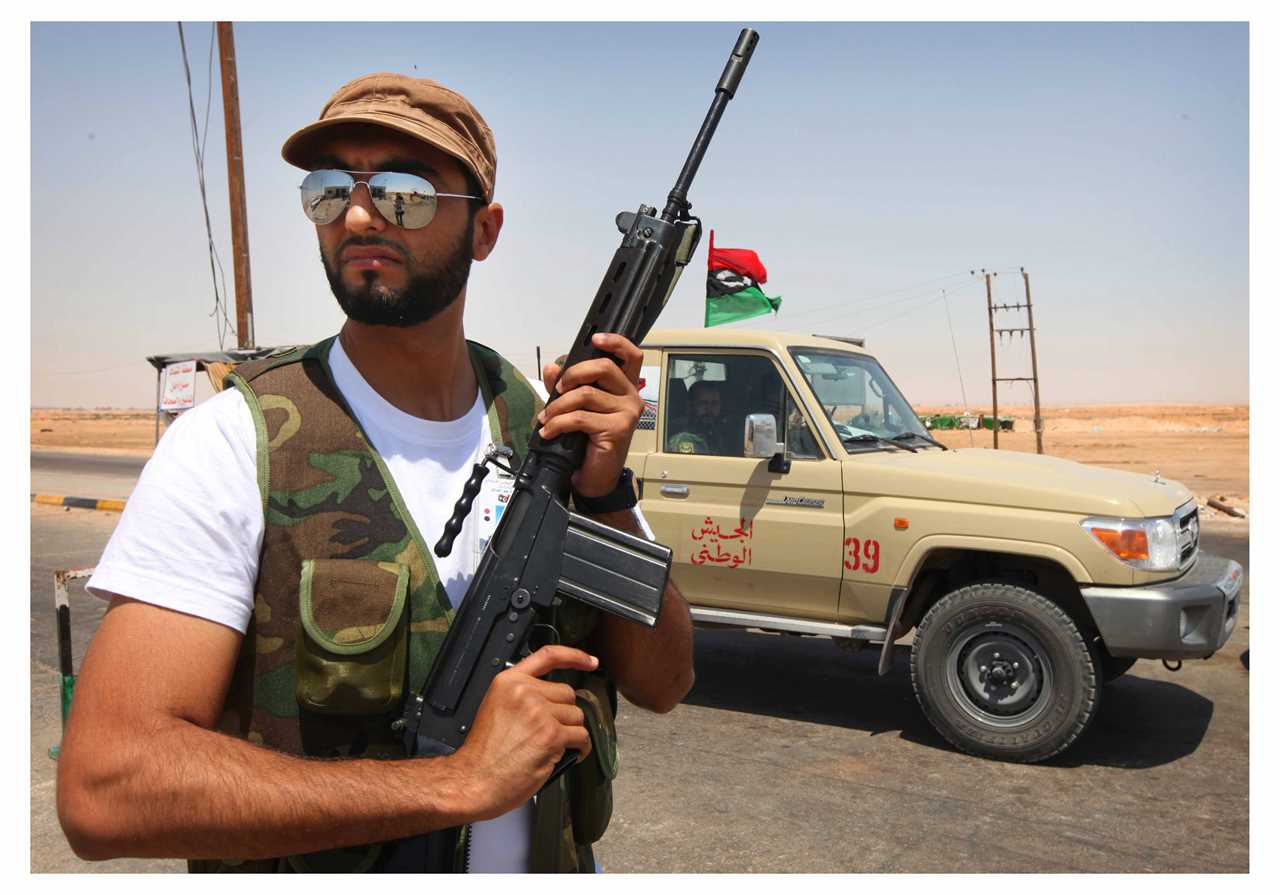
Originally the Increment was just six to eight men who were almost always sergeants or above and hand-picked from the SAS.
Another former member, who asked not to be named, said: “We were moving in and out of countries on different passports. Always in civvies, overseas all the time. It was busy.
“It was the James Bond stuff — just use your imagination.”
Its members are famed for not always looking like soldiers. Some speak foreign languages and can pass as foreign nationals.
The ex-member added: “You had to be able to blend in. People were picked for their ability to do undercover work.”
While some MI6 officers are firearms trained, it is never to the same level as their counterparts in E Squadron.
‘EGGHEADS’
The former soldier said: “MI6 and MI5 are always distancing themselves from James Bond, saying they aren’t really like that. It’s true — spies aren’t like James Bond, they’re eggheads. Give them a gun, they wouldn’t know what to do with it.
“E Squadron solves that problem but they do a lot more as well.”
The places where they often have to work, using civilian cover identities, make it impossible to be armed. But just like Bond, the troops are all trained in deadly hand-to-hand combat.
SAS author Chris Ryan served with Andy McNab on the 1991 Bravo Two Zero mission, in which an SAS patrol was deployed into Iraq during the first Gulf War to destabilise Saddam Hussein’s war strategy. He called the skill of E Squadron soldiers “amazing even by SAS standards”.
He added: “They undergo incredibly stringent security checks because they are entrusted with the most sensitive operations in the military. To be in the Increment is to be the best of the best.”
Today E Squadron’s members are drawn from the three Tier One Special Forces units — the SAS, the SBS and the Special Reconnaissance Regiment.
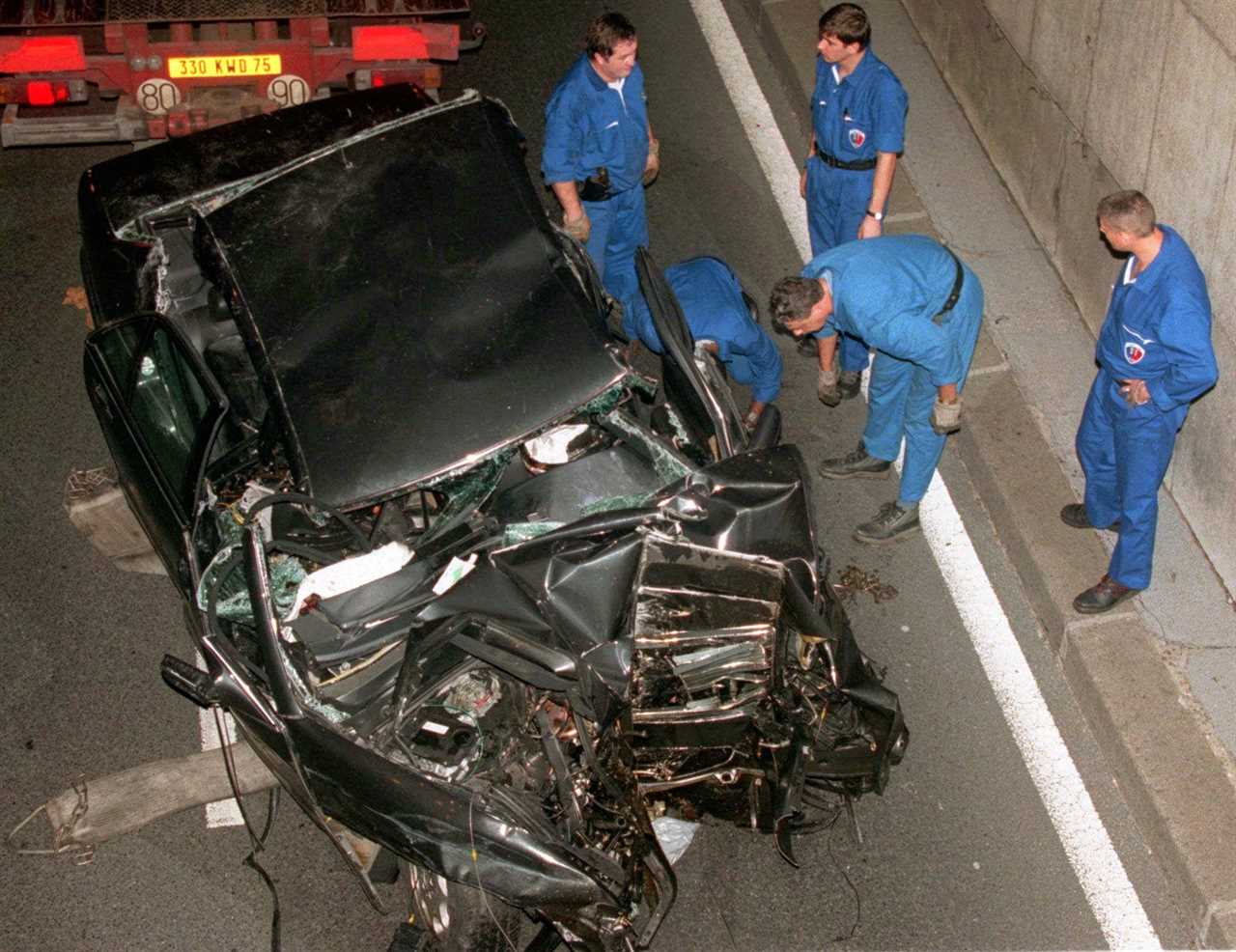
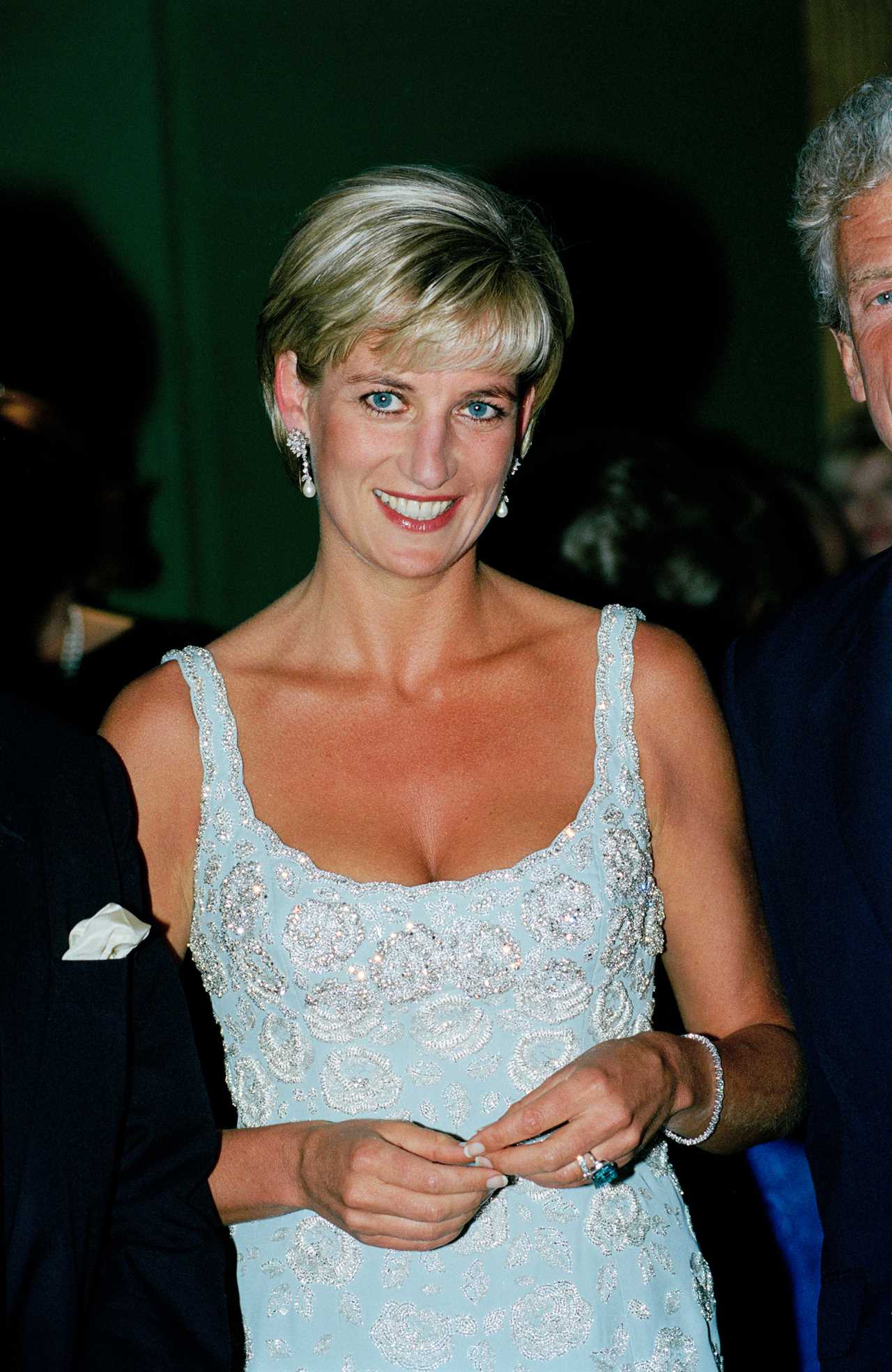
The SBS provides specialist frogmen and mini-submersibles which can be used to insert teams undetected on foreign shores.
The SRR, whose soldiers specialise in plain-clothes surveillance operations around the world, provides a large number of women.
The unit was formed out of 14 Intelligence Company, which was known as the Det, and operated undercover in Northern Ireland at the height of the Troubles.
A source said: “Women are often the best at this sort of work. If a group of blokes turns up, it always looks suspicious.
“We haven’t had a female Bond in the films, but there are already lots in real life.”
The Increment’s troops were among the first British soldiers in Afghanistan, ahead of the US invasion in 2001.
DOUBLE-CROSSED
They accompanied an MI6 spy who made contact with anti-Taliban tribesmen deep in the Hindu Kush mountains.
They were also involved in the 2011 uprising in Libya which toppled Colonel Muammar Gaddafi.
In one of the few operations that was widely reported, a team of six E Squadron operators swooped into the Libyan desert with their MI6 counterparts.
They launched their mission from a temporary British base in Malta and flew across the Mediterranean, in darkness, on a Special Forces Chinook helicopter decked out with long-range fuel tanks and signals-jamming kit.
But in scenes familiar from any Bond film, the meeting with their contacts did not go quite to plan, and they were double-crossed by people the “fixers” had arranged to meet.
The troops, all dressed in civvies, were heavily armed but chose not to open fire for fear of alienating the revolutionaries that MI6 was trying to recruit.
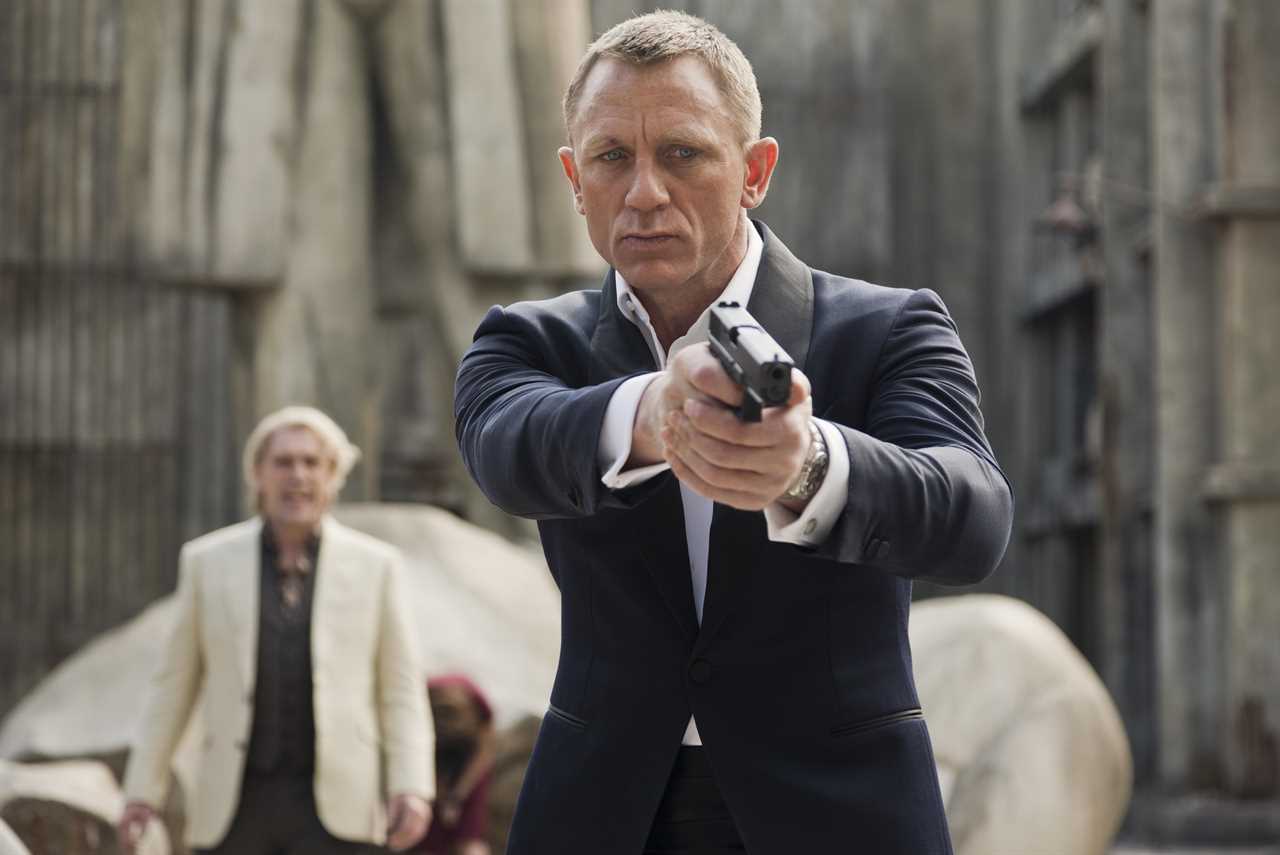
Instead, they allowed themselves to be captured and were im-prisoned in the rebel-held city of Benghazi until the British ambas-sador intervened to free them.
A former E Squadron soldier said the unit was heavily involved in Iraq in the run-up to the 2003 invasion.
He said: “E Squadron are military people. They have rules of engagement.
“Is it a licence to kill? It is certainly not carte blanche. But the nature of soldiering means it’s sometimes necessary to take life. Everyone is trained in deadly force.”
Among the murky rumours swirling around the Increment are a number of alleged assassination plots.
In one of the most extraordinary, former MI6 officer Richard Tomlinson claimed that the death of Princess Diana in a Paris car crash in 1997 was “eerily similar” to an MI6 plot to kill the then Serbian President Slobodan Milosevic.
ASSASSINATION PLOTS
Tomlinson told the inquest into Diana’s death that the MI6 plot involved using a strobe light to blind Milosevic’s driver.
Richard Dearlove, a former MI6 chief, denied any involvement in Diana’s death.
However he admitted there were plans to kill a different “Balkan target” but he insisted the plans were “killed stone dead” at a low level.
Bond’s creator Ian Fleming worked in Naval intelligence during World War Two and led top-secret missions against the Nazis.
He admitted his fictional hero was inspired by a mixture of the men that he met, both in Naval intelligence and a commando intelligence unit.
Some of Fleming’s characters, such as Bond’s boss M, have parallels in MI6.
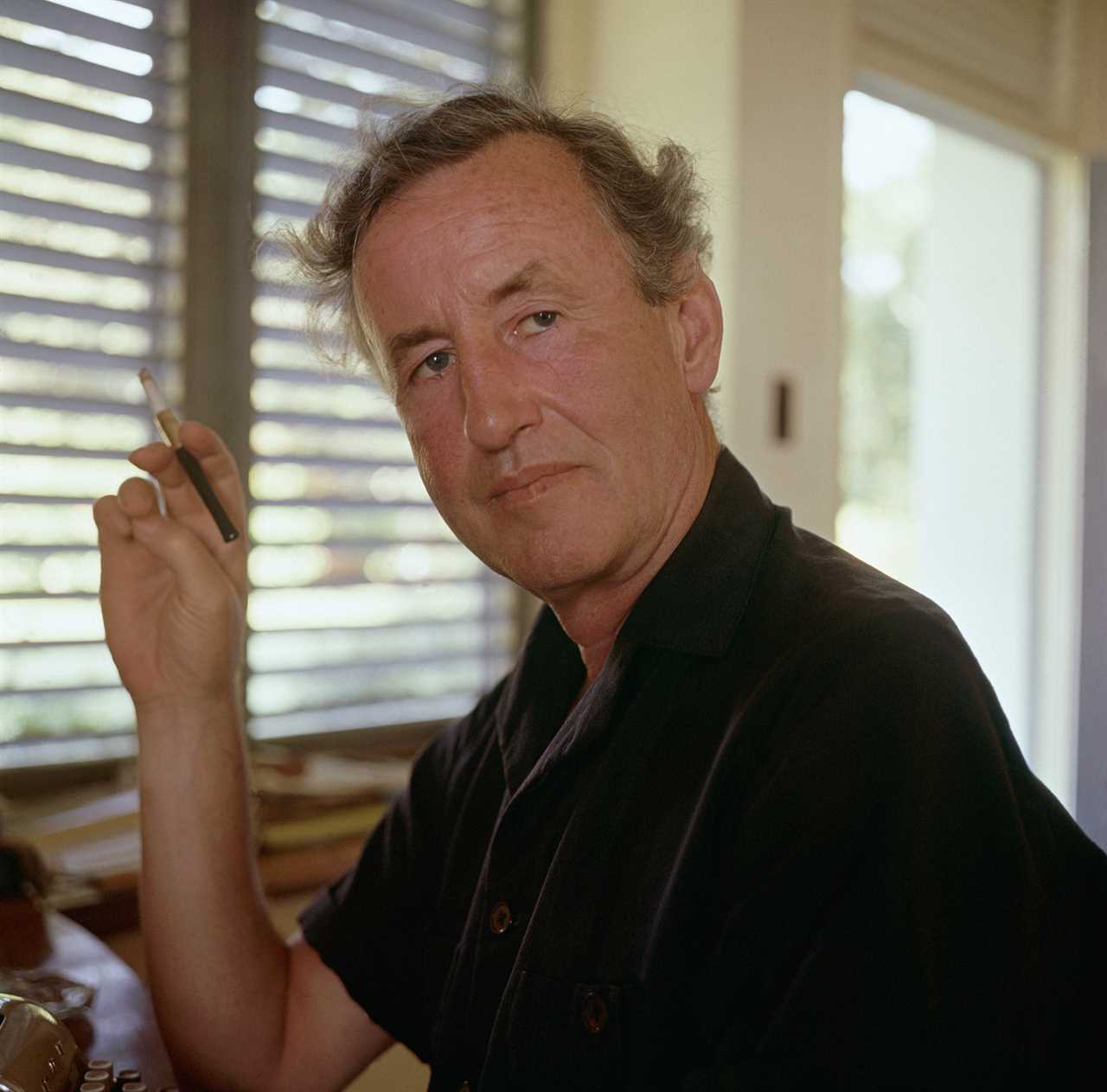
The head of the secret intelligence service is always known by the initial C.
The gadget section is known as Q Section in real life. But Commander Bond makes no secret of his military links in the films.
Fleming would surely recognise Bond’s traits in the real heroes of E Squadron.

